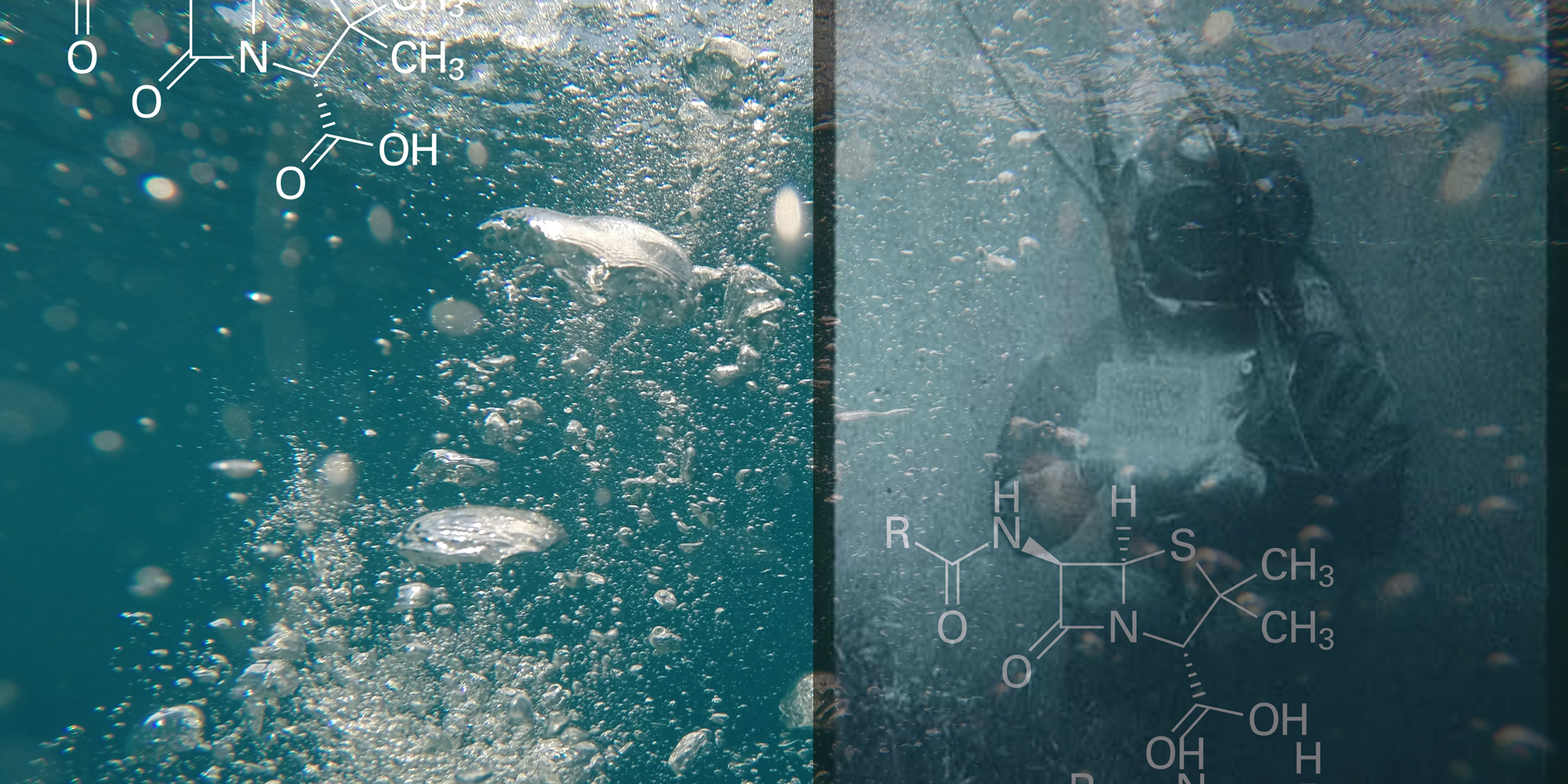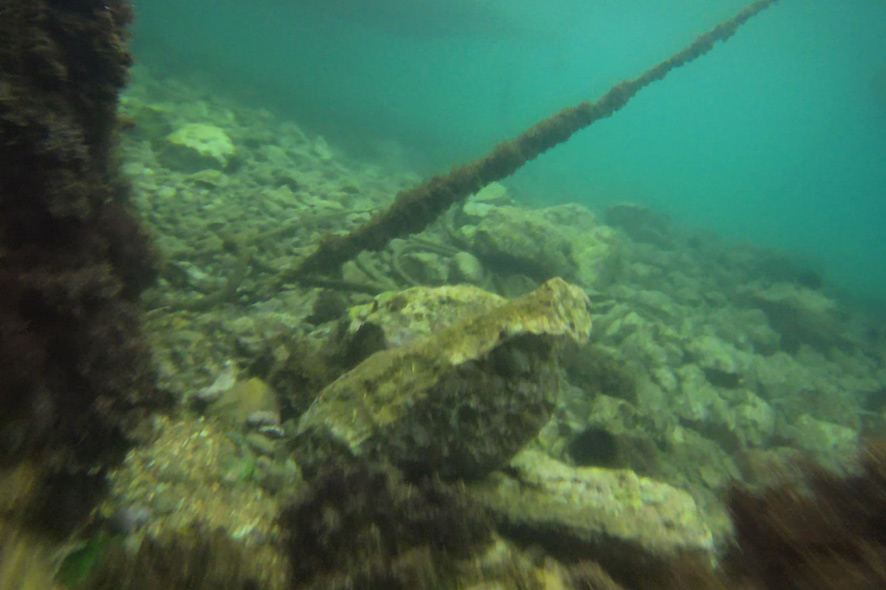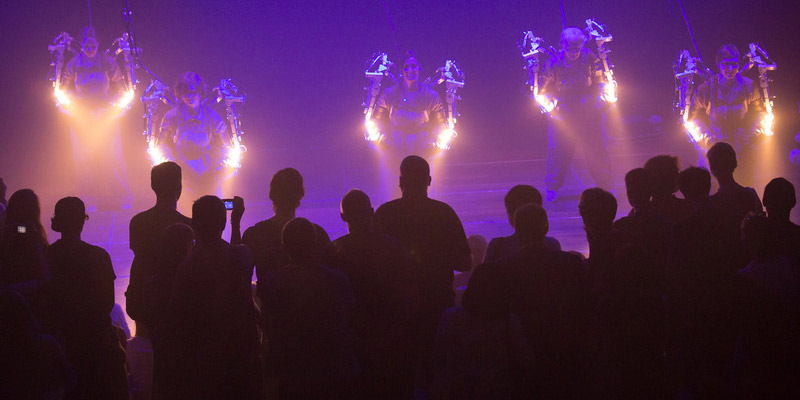aqua_forensic illuminates the invisible anthropogenic pollutants in water habitats. The project has a strong backbone in the hands-on research that combines: art, science, and a citizen-science approach to collect and process information on pollutants – “invisible monsters.” These invisible chemical pollutants (such as legal & illegal drugs – mood controllers, antibiotics, antimycotics, painkillers, hormone pills etc.) are the residue of human consumptions discharged into underwater habitats that were explored during a residency in the summer of 2018 in two specific localities: Danube river (Linz, AT) and Adriatic Sea (Dubrovnik, HR).
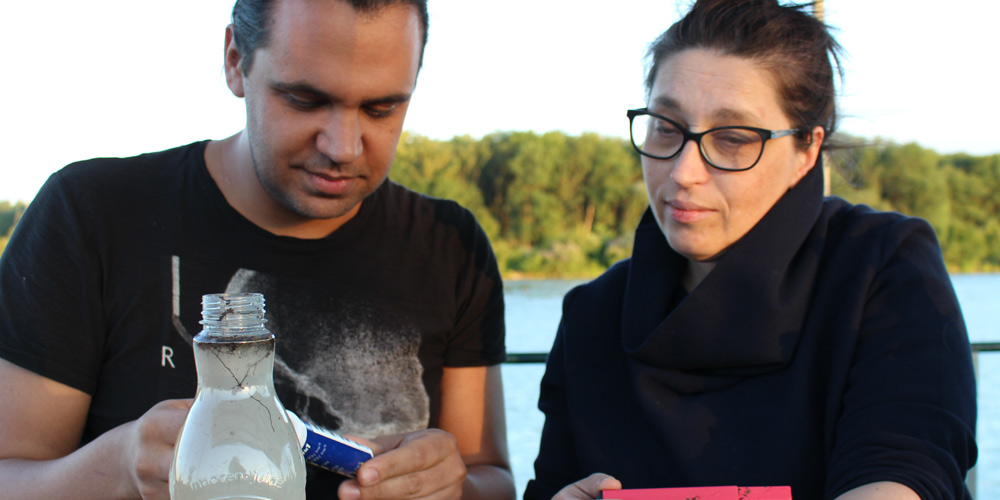
The project goal is to make these invisible anthropogenic pollutants and the pattern of their effect in the water habitats visible. With samplings of water and the seabed we are “hunting for a phantom” in the context of new mythologies. It’s a voyage into the microbial seas that are forming the body of waters all around the world. Humans do relate to water in different ways in different cultures. With pollution we change the oceans inside out – influencing life and behavior of the whole cybernetic loop of the interconnected ecosystem.
The vast complexity of the ecosystem that covers more than 70% of the planet, producing over 80% of the atmospheric oxygen, is still mysterious. We are opening discussions about aquaforming and pushing the question of “ the human footprint on water” to make it as present as the *terraforming* in the deep age of the Anthropocene.
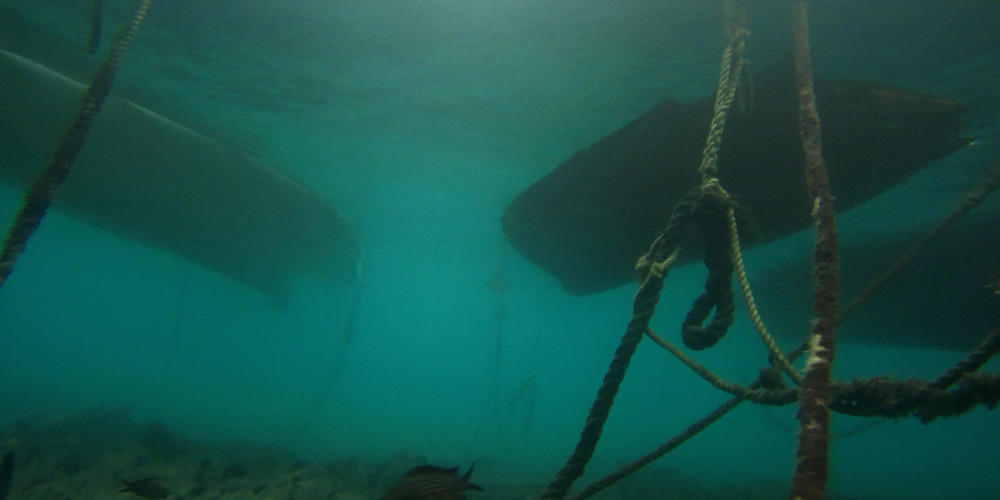
Anthropogenic presence is now aquaforming every part of the water habitats. It is the result of our global socio-technological system and its (geo)political, social, economic interest in water – from the shallow waters on the coastal lines to the deepest points in the oceans.
aqua_forensic wishes to open the discussion about our solidarity and empathy in understanding the oceans, seas, and rivers beyond human perception. We are using the frame of art_sci installation, workshops and public discussions, to create new narratives in this art/science dialog.
By conducting citizen science investigation on forensic oceanography, we are looking into hidden secrets. The combination of science, art and field research is opening new doors in developing sustainable solutions – bringing these problems and thus development closer to citizens. There are a lot of challenges but also potentials when working with this topic and prototyping tools for water exploration.
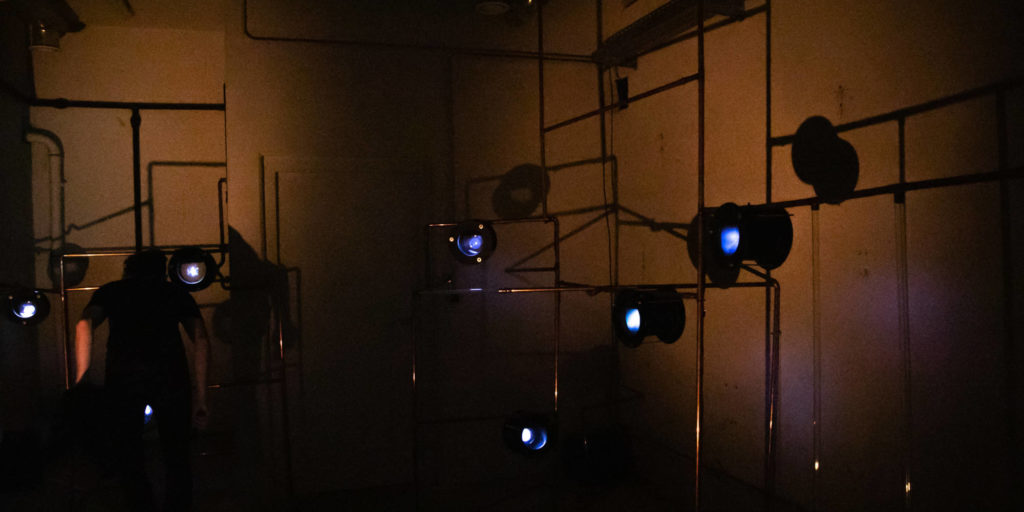
The major omnipresent invisible anthropogenic pollutants are the semi-consumed pharmaceuticals that stay overlooked and are changing not just us, but also the life in fresh and saltwater habitats all around the globe. The human body on average is able to digest only 20% of the drugs that we consume, while the other 80% is disposed from our body to waste systems – ending up in world’s waters.
This has a malignant impact on the whole interconnected ecosystem in an escalating loop pattern. The loop is similar to the food consumption chain, which is entering a never ending circle of multiple effects on such things as the development patterns of all living organisms, from the micro level (viruses, bacteria and other microorganisms) to the largest organisms in the oceans.
There is a question we would like to ask: How do the oceans feel our impact?
Could we develop better communication with the oceans to find solutions, such as designing new and better therapeutics without negative collateral side effects?
Part of this project is the work:
Aquatocene / subaquatic quest for serenity
by Robertina Šebjanič
Credits:
Project supported by:
Ars Electronica within the EMAP/EMARE project, Projekt Atol Institute (SI), UR Institute (HR), Čistoća Dubrovnik, The Ministry of Culture of the R. of Slovenia, and The Ministry of Culture of the R. of Croatia.
Co-funded by the Creative Europe Programme of the European Union.
Special thanks to: Miha Godec, Martina Brković, Antonia Merčep, Lovro Martinović, Veronika Liebl, Jessica Galirow, Uroš Veber, Annick Bureaud, team of nature reserve Lokrum, Eleonore team, UR Institute team
